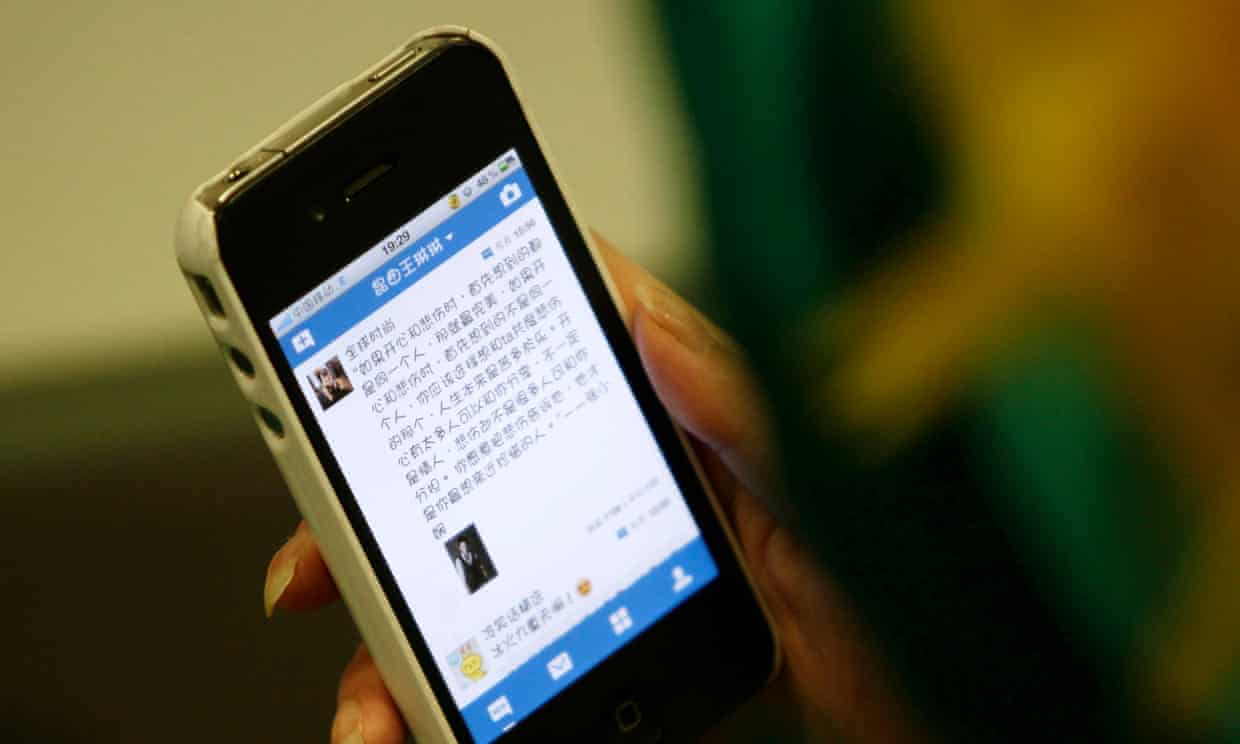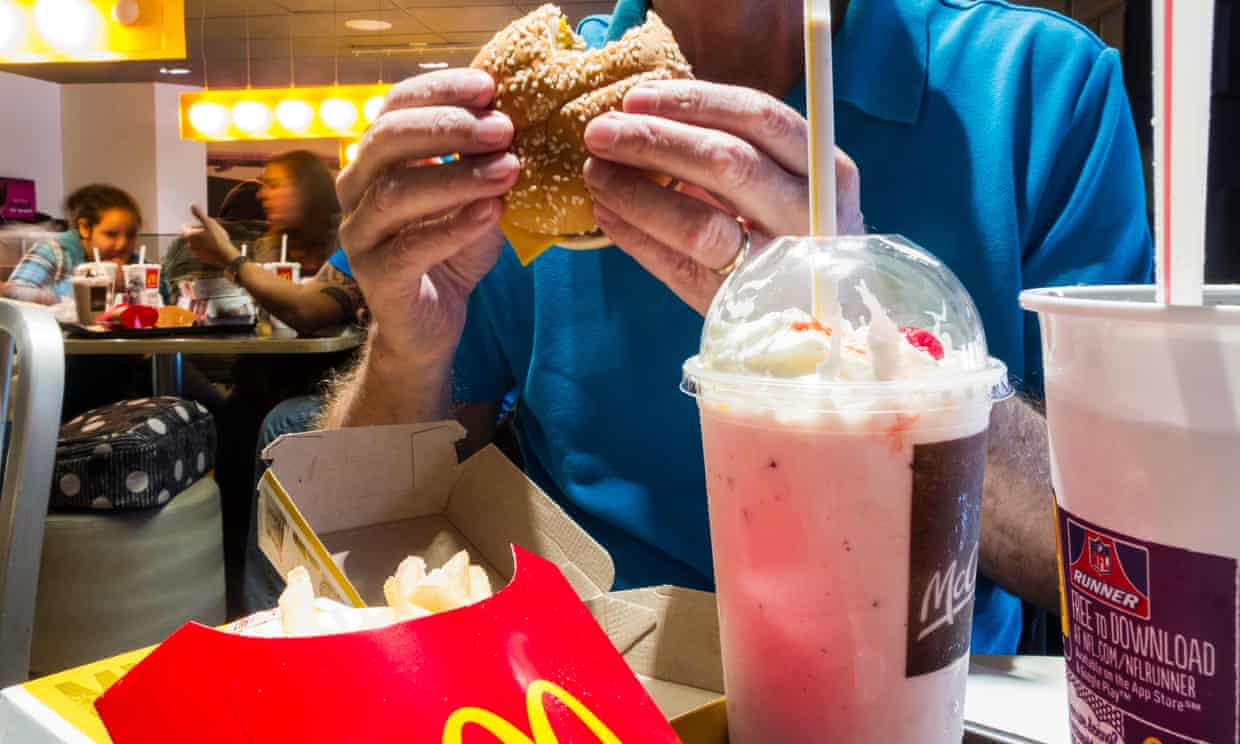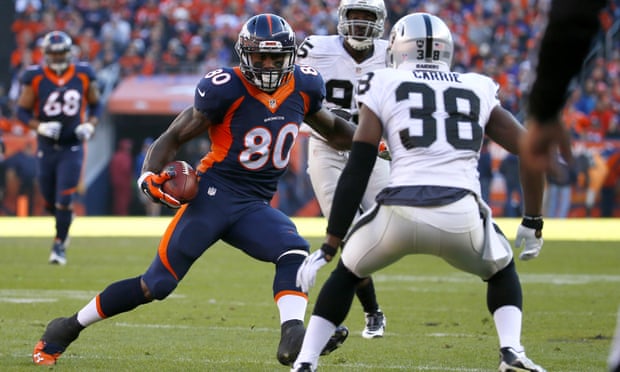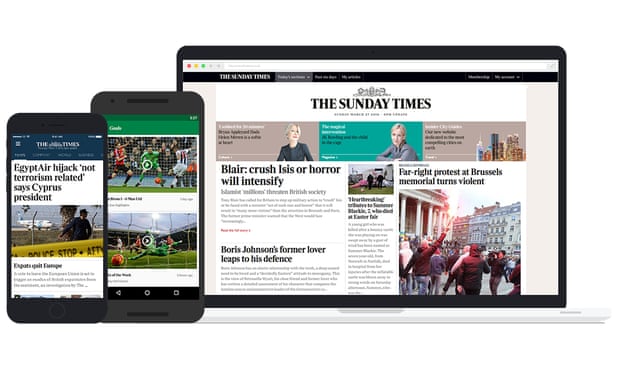New and digital media offers media institutions different ways of reaching audiences. Consider how and why media institutions are using these techniques. (48 marks)
Recently, new and digital media has brought about a vast amount of changes to the way media institutions reach their audiences. The two case studies that this essay will refer to are the impact of new and digital media to the news industry and the music industry.
It has become clear that the news industry are facing more and more difficulties when it comes to making money. However, new and digital media is making it possible for the news industry to offer their audience a way of reading the news on-line. Last year, within a month print revenues fell 20%, while digital grew by just 11%. This shows that people are more inclined to read their news on-line. In order to continue making money, certain news industries are putting pay walls on their websites. A good example of this is The Times which currently has a pay walls on their website. The Sun also used to have a pay walls until it proved unsuccessful as people did not want to pay to read news on-line.
Many news are now looking to create websites for their newspaper as this is now the best way to reach audiences. In march, the Independent shut down their newspaper in order to concentrate on their website. An article on the guardian stated that the Independent wanted to improve the quality of their website by adding a comment section and allowing the audience to create links to social networking sites. According to the article, the Independent.co.uk website has about 58 million monthly unique users. Other newspaper industries seem to be focusing on their websites such as the Mail On-line and the Guardian. Due to new and digital media, the internet is becoming "an empowering tool" (Al Gore) as the audience are now preferring to receive news through the internet. The new generation are interested in getting instant 24 hour news which newspapers and broadcasting news do not provide. Therefore, "newspapers have to adapt" (Murdoch) by creating on-line websites.
Media institutions are also trying to reach audiences through social media. People can now receive instant news on social media such as Twitter. Once a topic starts trending, it is available for everyone to see and read all the tweets about the trending topic. Unlike newspapers, social media offers immediacy (Galtung and Rouge) where the audience can watch news live whenever they want. "The most important medium of the 21st century" (Briggs and Burke) has turned society into a global village (Mcluhan) as everyone is now connected through social media. For example, everyone now becomes up-to-date with news events that happen such as the Brussels attacks. Twitter was informing the audience of what was happening as the events unfolded. Media institutions are therefore using social media to reach their audiences more. This is why Facebook brought Instagram for $1 billion.
Citizen journalism has become increasingly popular over the past few years. The concept of citizen journalism is based upon public citizens playing an active role in the process of collecting, reporting, analysing, and disseminating news and information. An example of citizen journalism is the killing of Michael Brown in 2014. An eye witnesses posted photos of Brown’s lifeless body on the ground, just minutes after he had been shot down by police officer, Darren Wilson. This was then posted on Twitter which brought about much conversation about police brutality. Many cases such as this brought about the hash tag #blacklivesmatter. User generated content is now becoming an important aspect of news as people will view news as more reliable if there is a video provided of what happened. Media institutions are seeing the "technological blossoming" (Castells) of citizen journalism and are taking advantage of the change that new and digital media has brought about. News broadcasters such as Sky News and BBC News are now accepting user generated content sent to them by the audience.
Periscope is another aspect of citizen journalism. Periscope is Twitter's new live-streaming video app where you are able to watch and broadcast live video from all across the globe whether it is a protest or someone walking to work. Periscope has been called irrelevant because people spend ours watching what other people are doing around the world which is "dumbing us down" (Keen). However, there are other media institutions that are creating social networking sites that involve user generated content.
New and digital media has also effected the music industry as people are more inclined to download music or listen to music on streaming services rather than buying CD's. Now, new and digital media has changed the way institutions distribute music. Spotify offers a vast library of music that is available at any time. Music videos are available anytime on YouTube and can be downloaded and played on mobile devices. Digital radio can be listened to on computers and mobile devices. Music is available as electronic data files. Bloggers can set up their own versions of the music press offering reviews and commentary. Streaming services such as Spotify offer industries different ways to reach audiences.
A Marxist perspective would argue that the so-called "information revolution" has done little to benefit audiences or to subvert the established power structures in society. Far from being a “great leveller” (Krotoski, 2012) as many have claimed, it has merely helped to reinforce the status quo by promoting dominant ideologies. The most popular news website in the UK by a considerable margin is the ‘Mail Online’, which receives more than 8 million hits every month and is continuing to expand rapidly – with forecasts that it will make £100 million or more in digital revenues in the next three years. Similar to its tabloid print edition, the website takes a Conservative, right-wing perspective on key issues around gender, sexuality and race and audiences appear to passively accept what the Marxist theorist, Gramsci, called a hegemonic view. When one of their chief columnists, Jan Moir, wrote a homophobic article about the death of Stephen Gately in 2009 there were Twitter and Facebook protests but, ultimately, they did not change the editorial direction of the gatekeepers controlling the newspaper.
In a pluralist view, the development of new and digital media means the audience is more powerful especially in terms of consumption and production. Pluralists believe in an active audience who chose what media to consume and they don't have to swallow what the media feeds them. In a sense, they get to conform, accommodate or reject the media that they are shown. New and digital media has given the audience the possibility to do so much hence why it is described as "the most important medium of the twentieth century" (Briggs and Burke). In fact the audience is capable of manipulating the media and producing their opinions on-line. A good example of this is the Arab spring; the democratic uprising that arose independently & spread across the Arab world in 2011. The movement originated in Tunisia in December 2010 and quickly took hold in places such as Egypt and Libiya due to the effective use of social media to organize, communicate, and raise awareness in the face of state attempts at repression and Internet censorship. Facebook and Twitter were tools people in Egypt used to exchange information globally. The Facebook group helped organize over 100,000 people to protest on Egypt's police day, originally the Facebook page aimed for 50,000 people to protest. The protest overall led to political changes in the several countries, a change to a more democratic political regime. Therefore, the audience was able to cause democratization due to the powerful help of social media.





